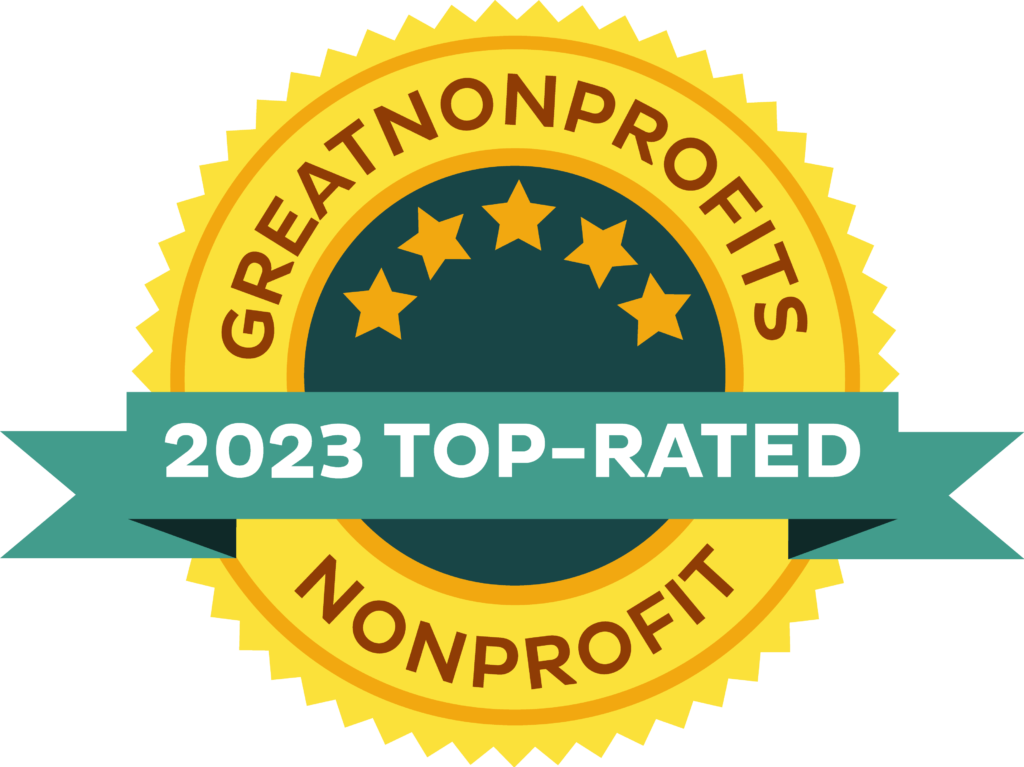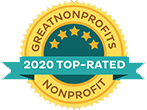HISTORY

During preparation for the American Bicentennial Celebration, Old Sturbridge Village and Plimoth Plantation sought period-appropriate breeds to add to their exhibits. The historic documentation indicated that Milking Devon cattle should be one of the centerpiece breeds. The difficulty in finding this once-popular breed was the inspiration for the creation of the first North American livestock conservation organization, which was to become The Livestock Conservancy.
The Livestock Conservancy was “born” in the mid-1970s because a diverse group of farmers, environmentalists, historians, and scientists and others discovered that they shared a common concern for the fate of America’s traditional livestock breeds, many of which were rapidly disappearing from the rural landscape.
On March 17, 1977, founding directors Leland J. Simpson, David Warden, Ridgway Shinn, James R. Nolfi, and Kristina Bielenberg gathered at the Vermont Department of Agriculture to sign incorporation papers for the American Minor Breeds Conservancy (the original name of The Livestock Conservancy). They recognized the significance of the genetic erosion that was occurring with livestock both in North America and internationally. They visualized an organization that would educate the public, conduct research on breed populations, and provide technical advice and support to animal breeders and farmers.
By the summer of 1977, there were 58 dues-paying members. One notable member was Phillip Sponenberg, a student at Cornell’s School of Veterinary Medicine. (Today, nearly 35 years later, Dr. Sponenberg is still serving the The Livestock Conservancy mission through his role as Technical Advisor to the The Livestock Conservancy staff.) During those early days, Secretary Kristina Bielenberg wrote that the organization was “literally run out of a shoebox with dues barely covering the cost of the newsletter.” There was concern about whether the organization was on the cutting edge of a new American agriculture or was championing a cause long before its time. Ridgeway Shinn volunteered to act as first executive director, and the “shoebox” office moved to Hardwick, Massachusetts.
A definitive second phase of development began in 1985 when Libby Hensen was hired as the first professional staff member. Bylaws changes were made to expand Board membership to attract individuals from other areas of the country, and the board debated if moving the office away from New England might garner more national appeal. In summer of 1985, Cary Fowler helped obtain free office space and the office was moved to Pittsboro, North Carolina. The organization continued to grow and gain national status primarily because of its mission – the conservation of rare breeds.
In 2013, ALBC shortened its name to The Livestock Conservancy to help in its marketing efforts. Today, The Livestock Conservancy is the largest nonprofit membership organization in the United States working to conserve rare breeds and genetic diversity in livestock and poultry. The organization is reaching new heights and continuing to successfully carry out its mission.
Milestones
1977 – The American Minor Breeds Conservancy is founded on March 16 in Vermont. First membership meeting held in October at Hampshire College.
1980 – AMBC almost disbanded, but during an AMBC director’s meeting Elmer Van Gheem’s phone call after traveling 1,000 miles to attend and looking for directions for the final few miles, touched others – and AMBC survived! Ridgeway Shinn volunteers to act as Executive Director. San Clemente goat removal begun on island.
1981 – San Clemente goat removal/rescue begun by the “fund for the Animals” completed.
1982 – AMBC became a federally designated non-profit.
1983 – Smithsonian magazine publishes an article about rare breeds and AMBC – spurs interest. Ridgway Shinn is appointed voluntary Executive Director.
1984 – First foundation grant received – from the CS Fund. This grant allowed the hire of an Executive Director and financed the work on the first census.
1985 – AMBC headquarters moves to Pittsboro, NC. Elizabeth “Libby” Henson, daughter of RBST’s Joe Henson, arrives as Executive Director.
1986 – First AMBC census reported, membership at 800. Additional San Clemente goats rescued and “Fund for the Animals” agrees to a limited breeding program and distribution of the goats they processed to AMBC members.
1987 – AMBC becomes first conservation organization in the world to add poultry to its mission. Completion of poultry census. Establishment of the rare breeds semen bank, named after James Nolfi. Rescue of the Santa Cruz sheep (December) and first rare breeds show and sale. Randall cattle herd saved from going to the slaughterhouse (April 7).
1988 – Published The American Minor Breeds Notebook, Donald E. Bixby becomes Executive Director. Santa Cruz sheep rescued from the island. (A few in 1986 and some again in 1997.) AMBC’s rescue of Ossabaw Island pigs. (Other groups of pigs had been removed in the 1970s as well.)
1993 – AMBC name change to American Livestock Breeds Conservancy. New logo is created to accompany the new name.
Early 1990s – ALBC participates in the founding of Rare Breeds International.
1994 – Published the book, Taking Stock.
1995 – Published the book, A Conservation Breeding Handbook.
1996 – Published Noah’s Ark Today educational program.
1997 – Began work on turkeys, including a census which found only 1,335 breeding birds. Published A Rare Breeds Album.
1998 – ALBC website is launched.
1999 – Published Birds of a Feather.
2000 – Conducted a census of waterfowl. Published Taking Stock of Waterfowl. Received an award from Slowfood USA for our work conserving breeds. ALBC nomination of Bourbon Red, Bronze, Buff, and Narragansett turkeys were accepted to Slowfood Ark of Taste.
2002 – Chuck Bassett becomes Executive Director. ALBC celebrates 25th anniversary.
2003 – Published 2002 turkey census results in Heritage Turkeys in North America.
2004 – Published Counting Our Chickens, reporting chicken census
2005 – Rabbits officially added to the Conservation Priority List. First Heritage definition released (for turkeys).
2006 – Published The Nankin Bantam, began work on the Buckeye chicken.
2007 – Published Managing Breeds for a Secure Future, celebrates 30th anniversary.
2009 – National launch of the Heritage Chicken definition to promote the Heritage Chicken label in the marketplace. Inception of ALBC Member Logo.
2010 – Published first full-color ALBC News.
2011 – New membership levels released. Rare Breeds, Breeders and Products Directory goes online.
2012 – L. Eric Hallman becomes Executive Director. ALBC celebrates 35th anniversary.
2013 – ALBC shortens name to “The Livestock Conservancy”; student membership level introduced; new website launched; Choctaw Hog Rescue begins; Nigerian Dwarf goats, Percheron horses, and Katahdin sheep graduate from Conservation Priority List.
2014 – Published An Introduction to Heritage Breeds, Named “Top-Rated Nonprofit” by Great Nonprofits for the first time, Launched podcast series “Heritage Breeds“, Recieved James Beard Foundation’s “Good Food Organization” Award; Friesian horses graduate from Conservation Priority List.
2015 – Dr. Alison Martin becomes Executive Director, Launched first-ever National Heritage Breeds Week and National Heritage Breeds Day, North American Poultry Census begins
2016 – International Heritage Breeds Week replaces National Heritage Breeds Week; Wyandotte and Orpington chickens graduate from Conservation Priority List.
2017 – Published Managing Breeds for a Secure Future, Second Edition, celebrates 40th anniversary.
2018 – Organized first ever Endangered Equine Summit at Texas A&M and founded the Endangered Equine Alliance.
2022 – Launched a 9-module breed organization training series.




